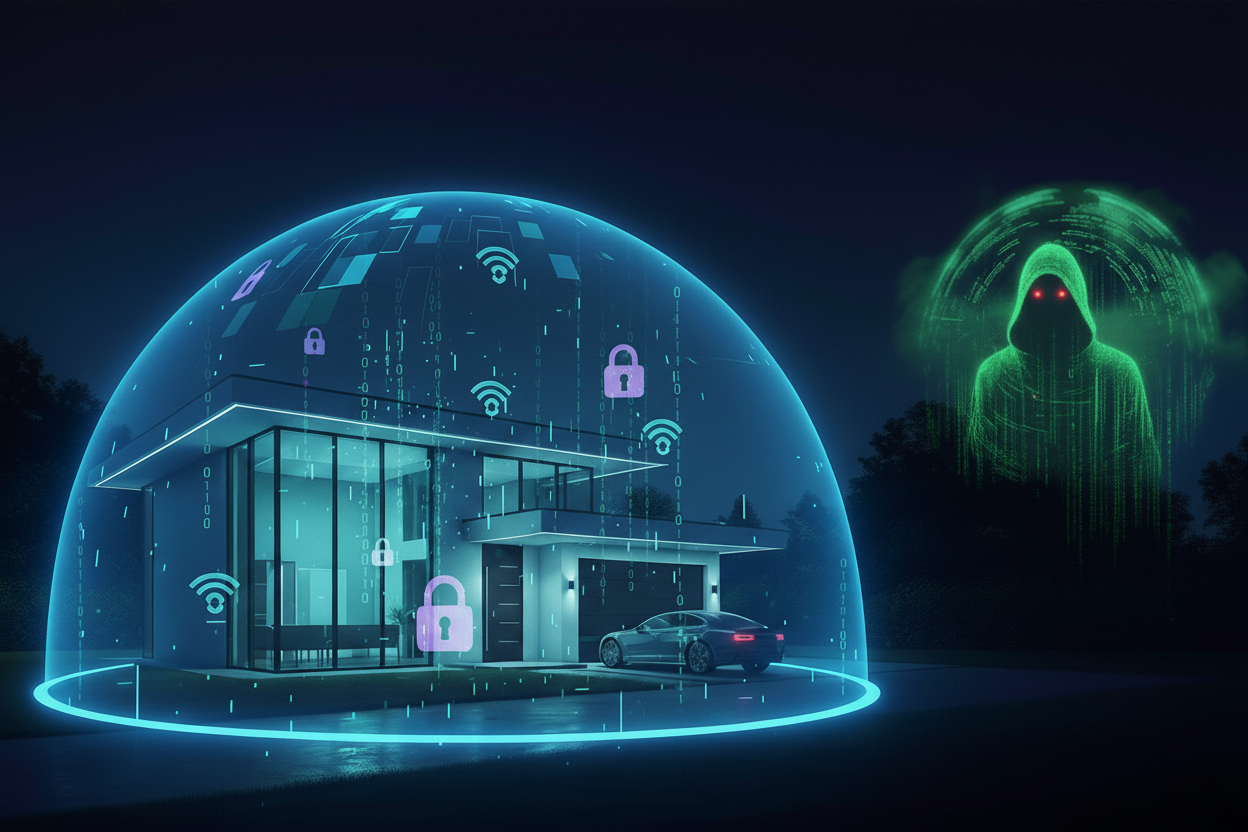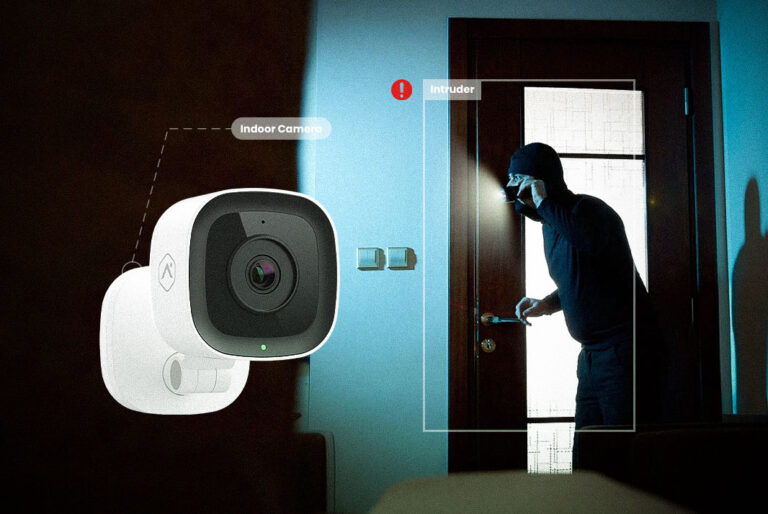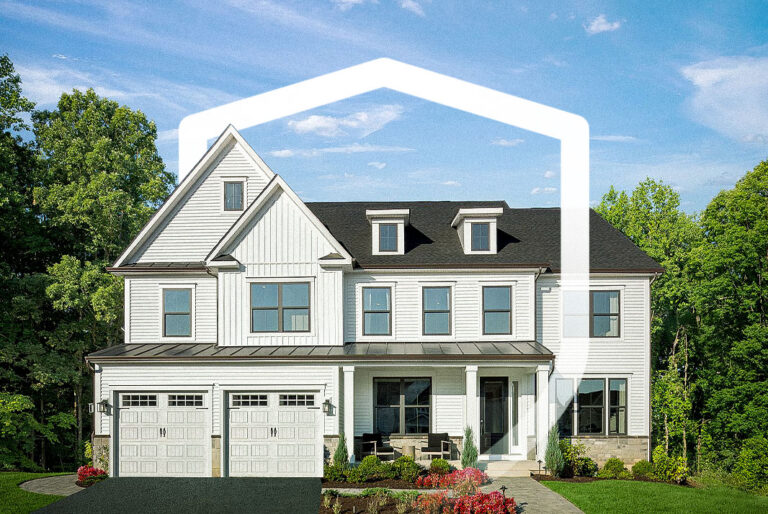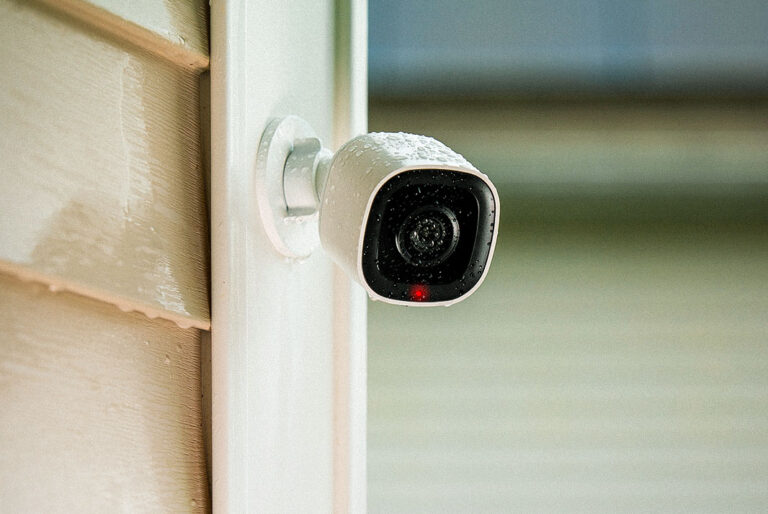These days, pretty much everything in our homes is connected to the internet, from smart thermostats and refrigerators to security cameras and doorbells. It’s convenient, no doubt, but it also means we need to think about cybersecurity more than ever.
If you think cybersecurity is only for businesses, think again. Every smart home device is a potential entry point for virtual intruders and it’s time to lock them out.
Table of Contents
ToggleUnderstanding the Digital Threat Landscape
The Rise of Smart Homes and Smart Threats
According to recent cybersecurity reports, cyberattacks on IoT (Internet of Things) devices have skyrocketed. Every connected gadget, from baby monitors to smart TVs, can become a hacker’s playground if not secured properly.
What Are Virtual Intruders?
“Virtual intruders” are cybercriminals who exploit weak home networks or unsecured devices to steal data, spy on you, or even control your smart home systems remotely. It’s the digital version of a burglar slipping through an unlocked window.
Common Cybersecurity Risks in Smart Homes
1. Weak Wi-Fi Passwords
Many homeowners still use default router passwords, a goldmine for hackers. Once they access your Wi-Fi, they can see your connected devices and potentially take control.
2. Outdated Device Firmware
Ignoring software updates is like leaving your front door wide open. Hackers exploit outdated firmware to access smart home devices.
3. Phishing Scams
Cybercriminals love to disguise themselves as trusted brands, tricking you into sharing login credentials or downloading malware.
4. Cloud Storage Vulnerabilities
Smart security cameras often store data in the cloud. Without proper encryption, that footage could fall into the wrong hands.
How to Secure Your Smart Home Network
1. Strengthen Your Wi-Fi Security
- Use WPA3 encryption on your router.
- Change your SSID name to something unique (avoid using your name or address).
- Create strong, complex passwords — at least 12 characters with a mix of letters, numbers, and symbols.
2. Set Up a Separate Network for Smart Devices
Keep your laptops and smartphones on a different network from your IoT devices. That way, even if a smart light bulb gets hacked, your personal data remains safe.
3. Regularly Update Your Devices
Updates aren’t just about new features; they patch vulnerabilities that hackers love to exploit. Turn on automatic updates whenever possible.
Protecting Personal Data from Virtual Intruders
1. Use Multi-Factor Authentication (MFA)
Enable MFA on your smart home accounts and apps. Even if hackers get your password, they’ll still need an additional verification step to log in.
2. Avoid Public Wi-Fi for Device Control
Managing your smart home while connected to public Wi-Fi is risky. Use a VPN if you must access your home network remotely.
3. Encrypt Your Data
Encryption turns your personal information into unreadable code, making it useless even if intercepted.
Securing Smart Home Devices: Step-by-Step Approach
1. Change Default Credentials
Every new device should have its default login changed immediately.
2. Disable Unused Features
Turn off remote access or voice control features you don’t need; fewer open doors mean fewer risks.
3. Use Firewalls and Antivirus Software
Install a home network firewall and keep antivirus tools updated on all connected devices.
How Cybercriminals Exploit Smart Homes
Cyber intruders often use “botnets,” massive networks of compromised devices, to launch attacks. In 2024 alone, millions of smart devices were hijacked to spread malware and steal data. Many homeowners had no clue their devices were being used for cybercrime until their internet slowed to a crawl.
The Role of Artificial Intelligence in Home Cybersecurity
AI-driven home security systems can detect unusual activity patterns, identify intrusions, and even block suspicious traffic automatically. Machine learning tools are now being integrated into routers and firewalls, giving homeowners smarter, faster protection.
Emerging Trends in Home Cybersecurity
- Zero Trust Architecture: Assume every connection is a potential threat until verified.
- IoT Threat Detection Software: Programs that monitor device behavior for suspicious patterns.
- Biometric Security: Facial and fingerprint recognition for access control.
- Cyber Insurance for Homes: An emerging service offering financial protection from digital attacks.
Best Practices for a Cyber-Safe Home
- Educate everyone in the household about online safety.
- Regularly check device permissions and data-sharing settings.
- Use reputable brands and avoid cheap, unverified IoT products.
- Back up important files regularly — just in case.
When to Seek Professional Help
If your smart home system behaves strangely, with sudden reboots, high data usage, or unknown devices on your network, it’s time to call in a cybersecurity professional. They can identify vulnerabilities, remove malware, and strengthen your defenses.
Conclusion
Securing your home in the digital age isn’t optional; it’s essential. Just as you lock your doors at night, you must secure your Wi-Fi, update your devices, and guard your data. Cybersecurity isn’t about paranoia; it’s about peace of mind.
Your smart home should make life easier, not riskier. Take control today because safety starts with awareness.
FAQs
1. What’s the most common smart home cybersecurity mistake?
Using default passwords and ignoring firmware updates are the top two mistakes most homeowners make.
2. How often should I update my smart devices?
Ideally, set automatic updates or check monthly for new firmware releases.
3. Can hackers really access my security camera?
Yes, if your camera is unsecured or uses weak passwords. Always enable two-factor authentication and encryption.
4. Is antivirus enough for smart home protection?
Not entirely. Combine antivirus software with network firewalls and strong password management.
5. What’s the safest way to control smart home devices remotely?
Use a secure mobile app with end-to-end encryption and avoid public Wi-Fi.







